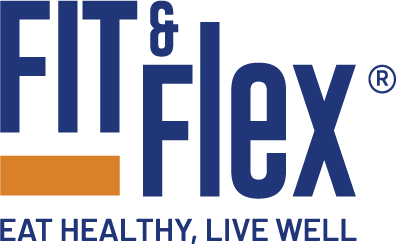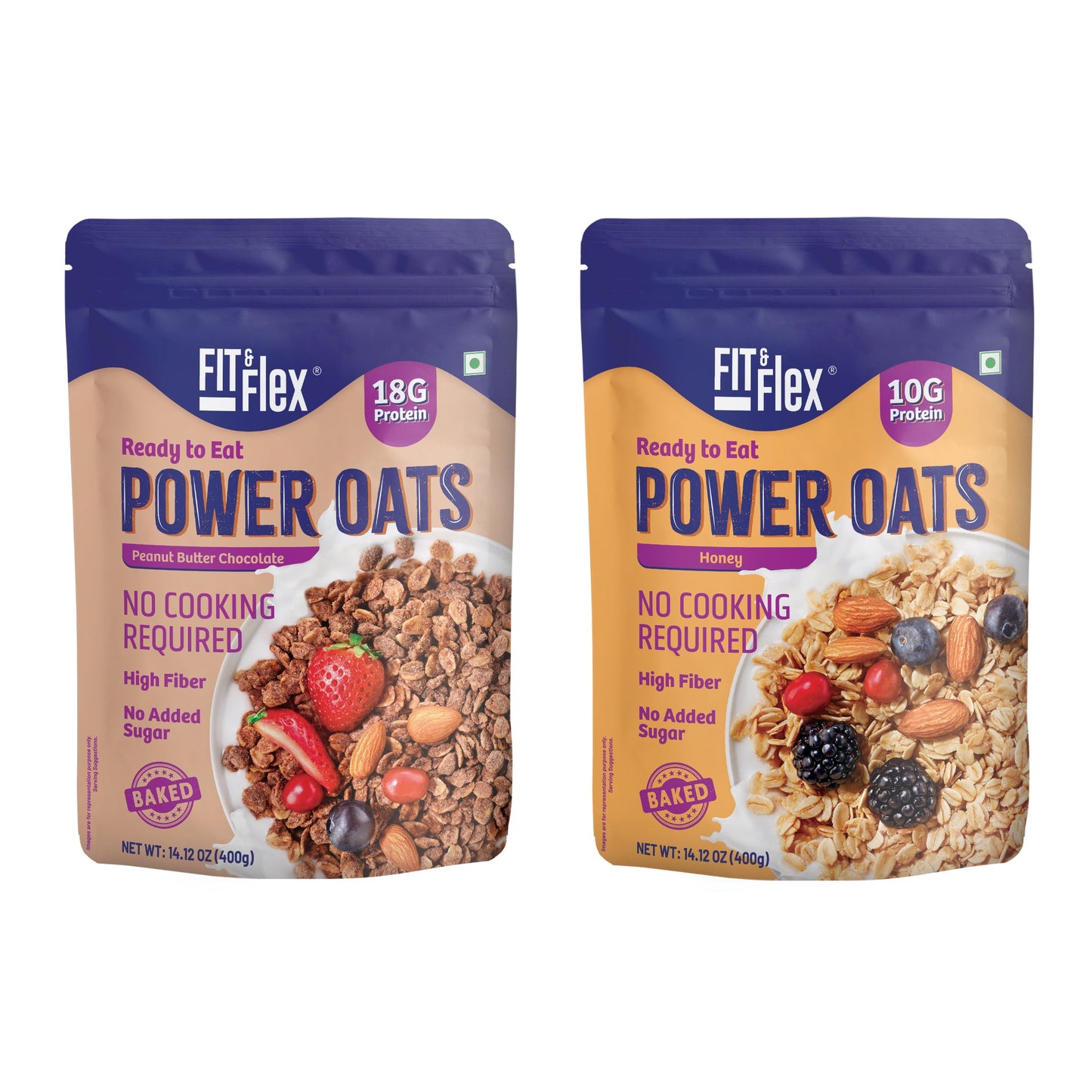Top 5 High-Fiber Grains to Transform Your Diet

Incorporating high-fiber grains into your diet can significantly boost your health by aiding digestion, enhancing heart health, and maintaining steady blood sugar levels. Here are the top five high-fiber grains that can transform your diet:
1. Quinoa
Quinoa is a versatile grain that is not only high in protein but also packed with fiber. A cup of cooked quinoa contains about 5 grams of fiber. It is also a complete protein, meaning it contains all nine essential amino acids. Quinoa is gluten-free, making it an excellent option for those with gluten sensitivities. You can use quinoa in salads, as a base for bowls, or as a substitute for rice or couscous in various dishes.
2. Barley
Barley is a whole grain with a chewy texture and a nutty flavor. It is rich in fiber, with one cup of cooked barley providing around 6 grams of fiber. Barley is also high in beta-glucan, a type of soluble fiber that has been shown to lower cholesterol levels and improve heart health. Add barley to soups, stews, salads, or even use it as a base for a hearty grain bowl.
3. Oats
Oats are well-known for their health benefits, especially their high fiber content. One cup of cooked oats contains approximately 4 grams of fiber. Oats are also rich in beta-glucan, which helps to lower cholesterol and stabilize blood sugar levels. Start your day with a bowl of oatmeal, incorporate oats into your smoothies, or bake them into cookies and muffins for a fiber boost.
4. Farro
Farro is an ancient grain that is packed with fiber, with one cup of cooked farro providing about 7 grams of fiber. It has a chewy texture and a nutty flavor, making it a delightful addition to salads, soups, and side dishes. Farro is also rich in protein and essential minerals like iron and magnesium, enhancing its nutritional profile.
5. Buckwheat
Despite its name, buckwheat is not related to wheat and is gluten-free. Buckwheat is an excellent source of fiber, with one cup of cooked buckwheat providing around 5 grams of fiber. It is also rich in antioxidants and has a unique, nutty flavor. Buckwheat can be used in pancakes, porridge, or as a substitute for rice or pasta in various recipes.
Incorporating High-Fiber Grains into Your Diet
-
Start Your Day with Oats: Begin your morning with a hearty bowl of oatmeal topped with fresh fruits, nuts, and a drizzle of honey. This not only boosts your fiber intake but also keeps you full and energized throughout the day.
-
Add Barley to Soups and Stews: Enhance the nutritional value of your soups and stews by adding barley. Its chewy texture and nutty flavor complement a variety of dishes, making them more satisfying and fiber-rich.
-
Experiment with Quinoa Salads: Quinoa’s mild flavor and fluffy texture make it perfect for salads. Mix it with vegetables, beans, and a light vinaigrette for a nutritious and filling meal.
-
Try Farro in Grain Bowls: Use farro as a base for grain bowls, combining it with roasted vegetables, a protein of your choice, and a tasty dressing. This combination makes for a wholesome and fiber-packed meal.
-
Use Buckwheat in Baked Goods: Incorporate buckwheat flour into your baking for a fiber boost. Try making buckwheat pancakes, muffins, or bread for a delicious and nutritious twist.
FAQ's :
-
Why is fiber important in the diet? Fiber is essential for maintaining healthy digestion, preventing constipation, and promoting regular bowel movements. It also helps to regulate blood sugar levels, lower cholesterol, and maintain a healthy weight.
-
How much fiber do I need daily? The recommended daily intake of fiber is 25 grams for women and 38 grams for men. However, this may vary based on individual health needs and dietary goals.
-
Can high-fiber grains help with weight loss? Yes, high-fiber grains can aid in weight loss by promoting feelings of fullness and reducing overall calorie intake. Fiber slows digestion, which helps to keep you feeling satisfied for longer periods.
-
Are high-fiber grains suitable for people with gluten intolerance? Yes, many high-fiber grains like quinoa, buckwheat, and oats (if labeled gluten-free) are suitable for people with gluten intolerance or celiac disease. However, always check product labels for gluten contamination.
-
How can I incorporate more high-fiber grains into my diet? You can incorporate high-fiber grains by starting your day with oatmeal, adding barley to soups and stews, using quinoa in salads, creating grain bowls with farro, and baking with buckwheat flour.
-
Can children benefit from high-fiber grains? Yes, children can benefit from high-fiber grains as part of a balanced diet. Fiber supports healthy digestion and can help prevent constipation. Introduce these grains gradually and in kid-friendly recipes.
-
Are there any side effects of eating too much fiber? Eating too much fiber too quickly can lead to digestive discomforts, such as bloating, gas, and constipation. It's important to increase fiber intake gradually and drink plenty of water.
-
Can I eat high-fiber grains if I have a sensitive stomach? Yes, but it's best to introduce high-fiber grains gradually and choose those that are easier to digest, such as oats and quinoa. Cooking grains thoroughly and soaking them before use can also help.
-
What is the difference between soluble and insoluble fiber? Soluble fiber dissolves in water to form a gel-like substance, helping to lower cholesterol and stabilize blood sugar levels. Insoluble fiber does not dissolve in water and adds bulk to the stool, aiding in regular bowel movements.
-
Can I mix different high-fiber grains in one meal? Yes, mixing different high-fiber grains can enhance the nutritional profile and flavor of your meals. For example, you can create a grain bowl with a combination of quinoa, barley, and farro for a diverse and nutritious dish.
Conclusion
Integrating these high-fiber grains into your diet is an excellent way to enhance your health and well-being. From quinoa and barley to oats, farro, and buckwheat, each grain offers unique benefits and flavors that can enrich your meals. Start experimenting with these grains today and enjoy the numerous health benefits they bring to your table.




